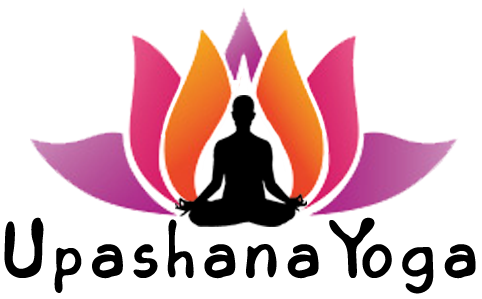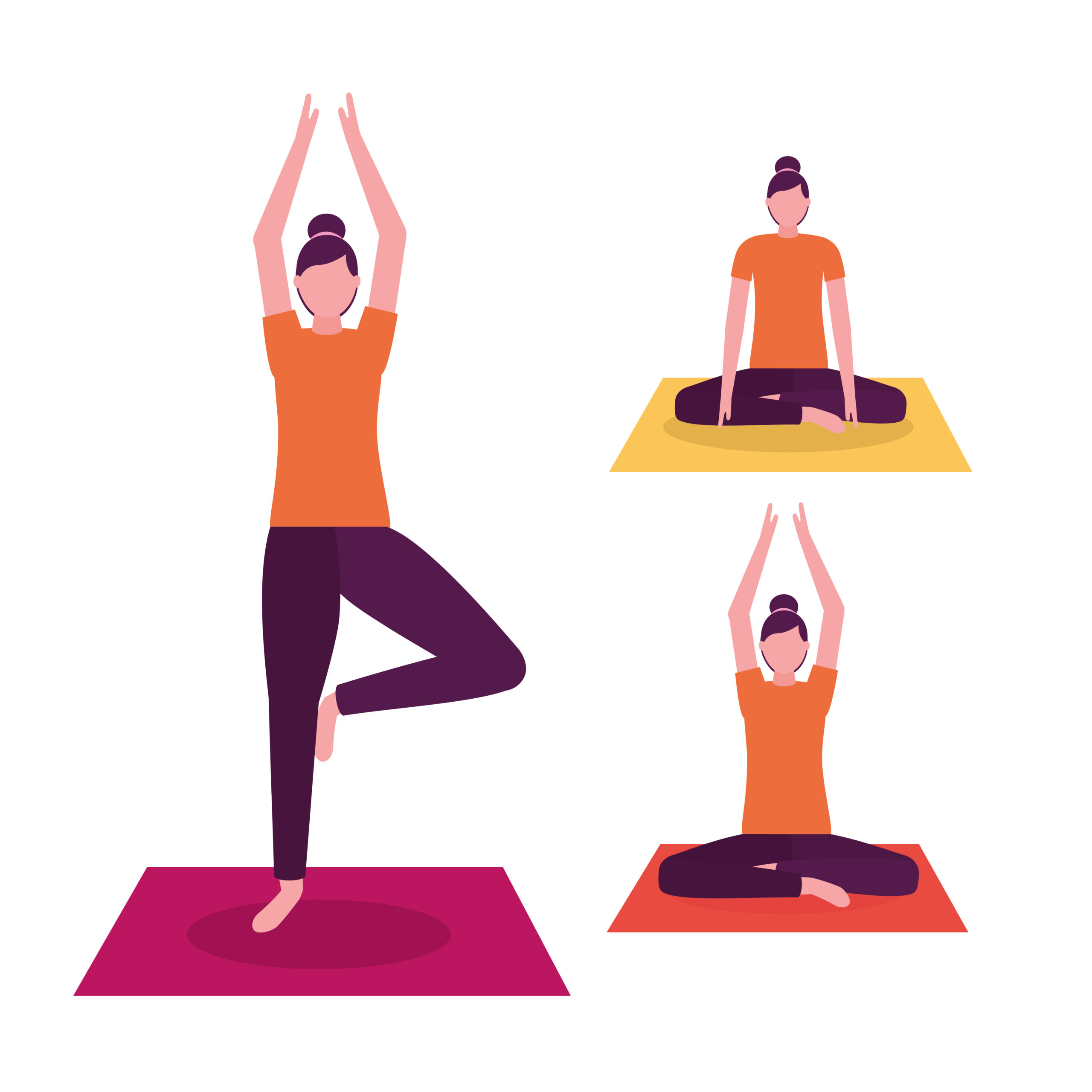

Kumbhakasana Or Plank Pose exercises usually fall under the beginner’s yoga pose and have multiple benefits. For beginners, the yoga plank pose and its variations are strongly recommended to help build stamina and core body strength for practicing advanced yoga poses. Kumbhakasana forms an essential part of Surya Namaskar too.

What Is Plank Pose Or Kumbhakasana?
Kumbhakasana is a basic yoga posture. The name derived from a Sanskrit word. “Kumbhaka” means “Breath Retention” and “Asana“ which means “Yoga Pose”.
Initially, it may be difficult to hold the plank poses, but with practice, it can do wonders in helping you build bodily as well as mental strength. The basic plank exercise, along with its variations, is a good workout for your spine too. Its regular practice, by holding the breath for a few seconds to minutes, also helps tone the nervous system.
Preparatory Poses:
- Navasana or Boat Pose
- Balasana or Child Pose
- Trikonasana or Triangle Pose
- Dhanurasana or Bow Pose
(Also Read: Virabhadrasana I Or Warrior I Pose Steps And Benefits)

How To Do Plank Pose Or Kumbhakasana?
It is very easy to practice Kumbhakasana if you follow it doing step by step. The steps are…
Step 1:
tart with the kneeling position with the hands-on the thighs.
Step 2:
Bend forward and place your hands on the floor in front of you. Raise the buttocks up to assume the cat position with the knees still on the floor.
Step 3:
Slide both the feet backward and raise the knees above the ground so that you are balancing the weight of the body with your two palms and the toes of the feet.
(Also Read: Virabhadrasana II Or Warrior II Steps & Benefits)
Step 4:
Inhale and hold the breath when you hold the position. You may also breathe slowly and lightly in the final position if the holding of breath is difficult. Hold the position for as long as you are comfortable. The more you stay in this position, the more you will develop strength and stamina.
Step 5:
The head, head, trunk, back, and legs should all be in one straight line in the final pose. Keep the hands and legs straight. Do not bend the elbows or the knees.
Step 6:
To release the pose, bend the knees and bring the knees to the floor. Come back to the kneeling position.

Follow Up Poses:
- Utkatasana or Chair Pose
- Gomukhasana or Cow Face Pose
- Padmasana or Lotus Pose
- Shavasana or Corpse Pose
(Also Read: Virabhadrasana III Or Warrior III Steps & Benefits)
Benefits Of Plank Pose Or Kumbhakasana:
Practicing Kumbhakasana Or Plank Pose can help you stay fit. Apart from this, exercising planks helps to keep the whole body parts healthy and strong. Let us know in detail what are the benefits of doing Kumbhakasana Or Plank Pose.
Weight Loss:
Planes are the best exercise for weight loss. Planks are a highly effective isometric exercise that burns about two to five calories per minute depending on body weight. If you practice plan exercises regularly, you will lose weight fast.
Improve Core Muscles:
Planking is beneficial for strengthening the stomach muscles. It helps in strengthening each group of muscles of the stomach. This increases the ability to lift more weight, and also increases the jumping power that is required by the players.
Reduce Back Pain:
Planking does not put excessive emphasis on the spine ie the spine and the hips. Therefore, the risk of injury to the back and spine decreases when planning. With this, it not only cures back pain but also strengthens muscles.
Boost Metabolism:
Planking daily burns a lot of calories and causes perspiration. During the planks, the abdominal muscles become strong, which keeps the digestive system healthy, which is why metabolism is strengthened by planks 5-10 minutes daily.
(Also Read: Baddha Konasana Or Bound Angle Pose Steps And Benefits)
Improve Mental Health:
Muscle tension also causes pain and tension in the body. Constant sitting causes tension in your muscles. Planks to reduce muscle stretch. Planking calms your mind and reduces the risk of anxiety and depression.
Improve Balance:
If you want to balance the body properly, Planck Exercise helps you in this. No person is able to stand on one leg for more than a few minutes. But planning makes the muscles strong which can be maintained for a long time, thereby balancing head and long on one leg.
Improve Flexibility:
Planking not only increases the balance of the body but also makes the muscles of the shoulders, legs, waist etc. strong. Due to which the flexibility of the body also increases.

Precautions To Do Kumbhakasana Or Plank Pose:
- If you have an injury to your back or shoulders, you should not practice this asana.
- Do not practice Kumbhakasan if you have high blood pressure problems.
(Also Read: Paschimottanasana Or Seated Forward Bend Steps & Benefits)
A healthy mind resides only in a healthy body. Kumbhakasana Or Plank Pose not only activates metabolism but also helps to keep your mind stable. And in today’s world, maintaining balance is the most important thing. Kumbhakasana Or Plank Pose helps to develop the same quality associated with making a balance in your body.











Leave a Comment